(1767 – 1856)
From a book on the History of the Second FleetersSion Clarkson Freebody and his twin sister Sarah were baptised in June 1767 at St Andrews, Enfield (then beyond the northern boundary of suburban London), the children of John Freebody and Ann Walls. In later life he was usually known as Simon. He was sentenced to seven years transportation at the July 1787 Old Bailey Sessions for the theft of a lamb carcass from Richard Elland’s slaughterhouse at Enfield. He had carried the carcass to London and sold it to a butcher’s wife at Kingsland Road, Shoreditch,
telling her he was a drover. It was identified by the owner by two wooden Sets which had been taken with it. After nine months in Newgate, Freebody was sent to the Thames hulk Stanislaus on 25 April 1788, age given as 20. On 16 November 1789 he was embarked on the Surprize transport.
Soon after arrival in the colony Freebody was sent to Parramatta where in September 1790 his hut was robbed of a white shirt, a check shirt, a jacket, 2 waistcoats, a silk handkerchief, 3 pairs of stockings, a knife, a comb, a pair of drawers, 2 cabbage hats, 3lbs flour, a pound of pork and
some bags. Less than three months after surviving a horrific voyage Freebody was surprisingly well groomed and dressed and equipped with protection against the Australian sun. The First Fleet convicts John Ruffler and John Massey Cox, who probably shared the hut with him also lost food, clothing and personal items. With his sentence expired Freebody was among a number of convicts granted land in the Hawkesbury district in November 1794. His farm was on the banks of the river, just north of the future site of Windsor.
In October 1799 he was one of four emancipist farmers and
a free constable (Edward Powell,qv) who were tried at Sydney for the brutal murder of two teenage Aboriginal boys at the Hawkesbury. The boys, known as Jemmy, aged 15, and Little George, aged 11 lived among the settlers, and were members of a tribal group, several of whom had recently murdered and dismembered two local white men (one of them John Winbow,qv). Freebody and the other men were among a party of angry settlers who captured the boys as they were visiting a neighboring farmer returning one of the dead men’s muskets. The court at Sydney found them guilty of the murders, and that the Aboriginal
boys had been innocent of involvement in the murder of the white men. Unable to reach a majority verdict meeting out punishment to white men for the murder of Aborigines, the court released them on good behavior bonds and referred a decision on their punishment to the Home Secretary in England, who ordered the men to be pardoned.
From at least 1795 Freebody lived with Mary Wells (bc 1768, Royal Admiral 1792, tried York) Children born to the couple included Ann (1796), Simon (c1798), Sarah (c1799),Mary Ann (c1800) and John (c1803). By August 1800 the couple owned 14 pigs and
cultivated 24 of his 30 acres in wheat and maize. They supported themselves and two children and were independent of public rations. In 1802 they had 24 acres sown in wheat and 4 in wheat, with a goat, 12 pigs and 10 bushels of maize in store. They were supporting themselves, three children and a free worker. Freebody was suffering financial difficulties (probably from flood losses) in March of that year when he assigned his farm, stock and effects to secure a debt of just over 101 pounds owed to Thomas Pryor. In 1804 he was granted a further 100 acres near South Creek (in trust for his children) which
by 1806 was still largely undeveloped. In January of that year he assigned the title of Freebody Farm to Thomas Hobby for 48 pounds. He suffered losses in the1809 floods and his family was allowed a government ration until January 1810. He had again assigned Freebody Farm this time to William Packer for 100 pounds payable in January 1810. Packer appears to have taken possession of the farm in October 1810. Freebody was again financial trouble in the same month when he was prosecuted by Joseph Cheetham for debt in the Sydney Court of Appeal. His difficulties continued from 1811 to 1814.
By 1822 Freebody was in much better circumstances. He was holding 35 acres by lease, 34 which were sown in wheat, maize, barley and potatoes. He owned 2 horses and 60 hogs and held 10 bushels of wheat and 50 of maize in store. By 1828 his household also included two small grandsons, the sons of his daughter Ann, who had been married to Daniel Hanchard (qv) in 1810 when she was not yet 14. The marriage to Hanchard was over by 1820 and the boys had been fathered by Ann’s de facto husband James Oldfield.
Simon Freebody lived in the Hawkesbury district for
more than sixty years. He died on 27 December 1856 At Clifton outside Windsor, the property of his prosperous son-in-law John Hoskisson. He was aged 89 (his wife had died the year before). In 1855 he received a letter from a sister in Cornwall, perhaps the twin he had not seen in 65 years.
The above information was taken from a book on the History of the Second Fleeters
Submitted by Judy Wiles" <jrog44@hotmail.com>

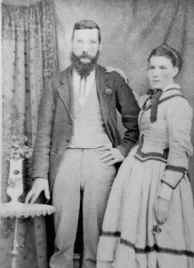
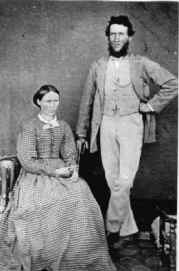
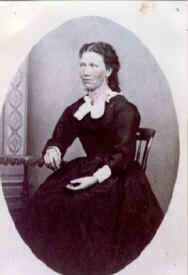

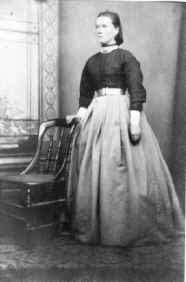
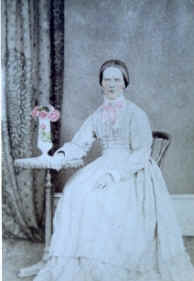

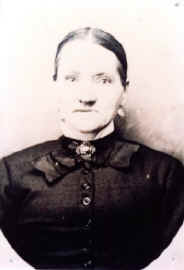
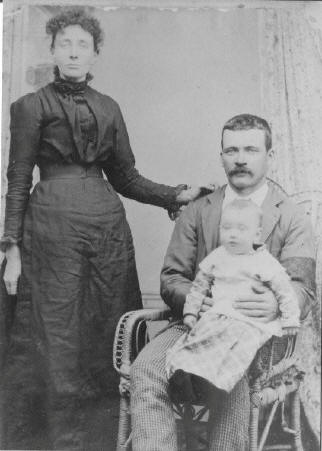

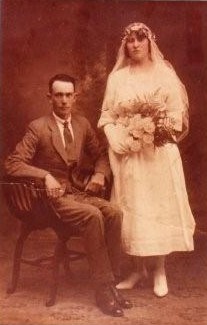

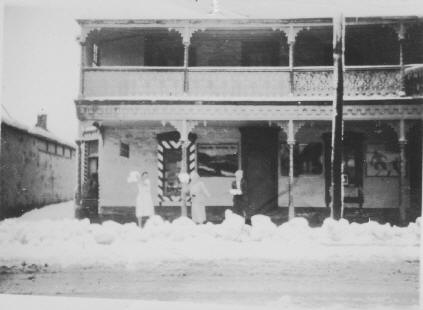
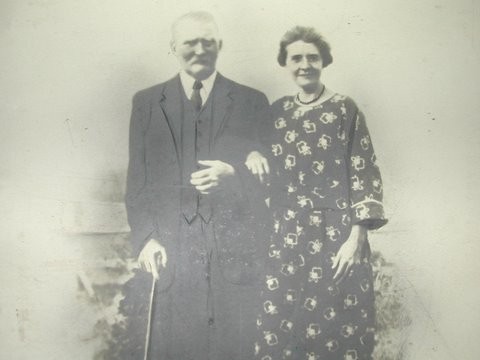
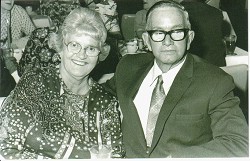
![]()
 Monaro
Pioneers
Monaro
Pioneers